Dorset is a perennially popular photographic location. Daniel Sands picks his favourite spots
Having moved to Dorset in the middle of 2016, I’ve spent the last year scouting the best locations to photograph across the varying seasons.
Despite only exploring the county for just over a year, I’ve found so many interesting places that it’s been very tricky to narrow the list down to just 10 locations! There are some big places missing which I just haven’t got around to shooting yet, so this isn’t designed to be a comprehensive list, but I hope it can inspire you to get out there and photograph some of these iconic places for yourself.
1. White Mill Bridge
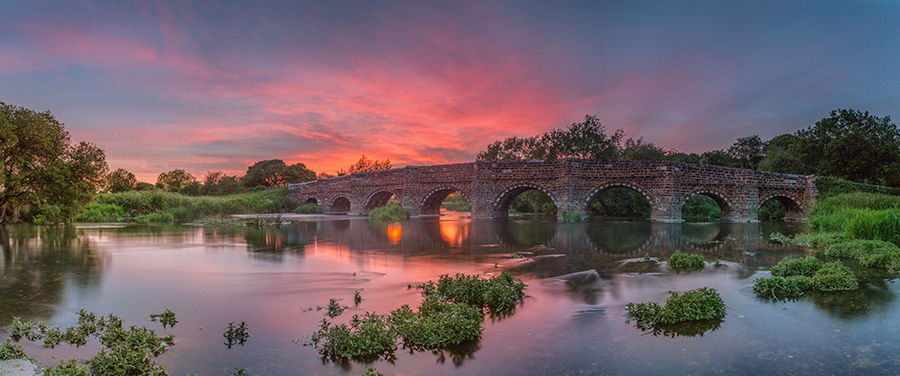
One of the oldest bridges to span the River Stour, this Norman bridge dates back to 1175, and its eight arches make for some very interesting compositions.
It’s possible to walk quite far into the river (remember your wellies!) and the location of the sun makes it an ideal location for sunset toward the end of summer. Home to a number of swans and birds it’s also a great location for nature lovers, especially since it’s never rammed with other photographers.
2. Eye Bridge (River Stour)
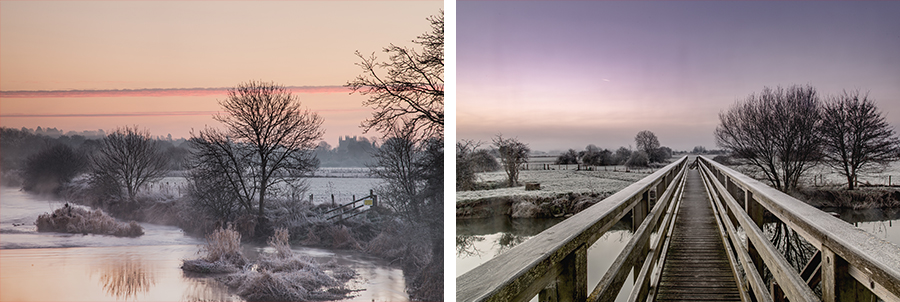
A spot rightly well-known for its easy access and fantastic photographic opportunities is Eye Bridge near Wimborne Minster. The bridge itself makes for an interesting subject, and an abundance of possible walks along the river make this a spot I keep returning to.
I especially liked visiting the bridge over winter, with frost forming across the hills toward the town and gentle mist hugging the top of the frozen river during sunrise. The facing of the river mean it’s possible to shoot sunrise and sunset during different times of the year, but I personally think it looks best during sunrise in late autumn to winter.
3. Blandford Road, “Beech Avenue”
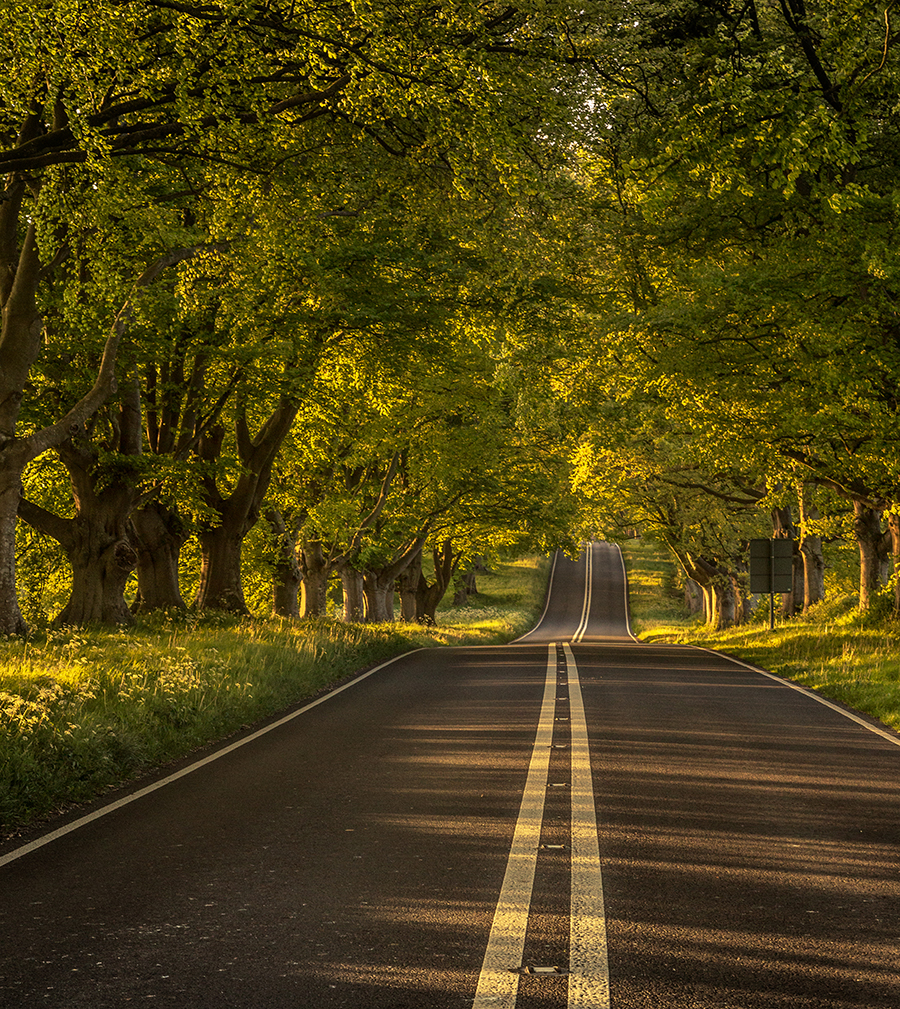
Dorset’s worst kept secret – the road adorned with 364 beech trees between Wimborne Minster and Blandford, known affectionately as “Beech Avenue” by locals.
Seeing the first rays of light from sunrise burst through the trees is an experience not to be missed, but the road is also famed for its after-dark opportunities to capture light trails over the hilly road and off to the distance.
4. Sturminster Newton Mill
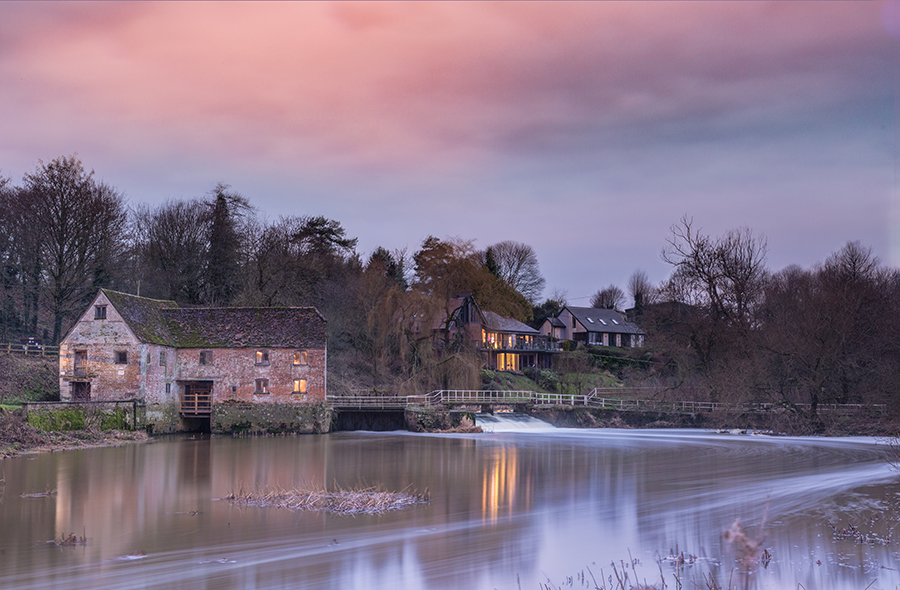
One of a series of ancient flour mills on the Stour. The site of Sturminster Newton mill is thought to have contained a mill since as early as 1016, and today its architecture and adjoining weirs provide compositional interest for photographers all year round.
The power of the river bounding over the weir makes a long exposure a particularly fruitful approach for shooting the mill.
5. Old Harry Rocks
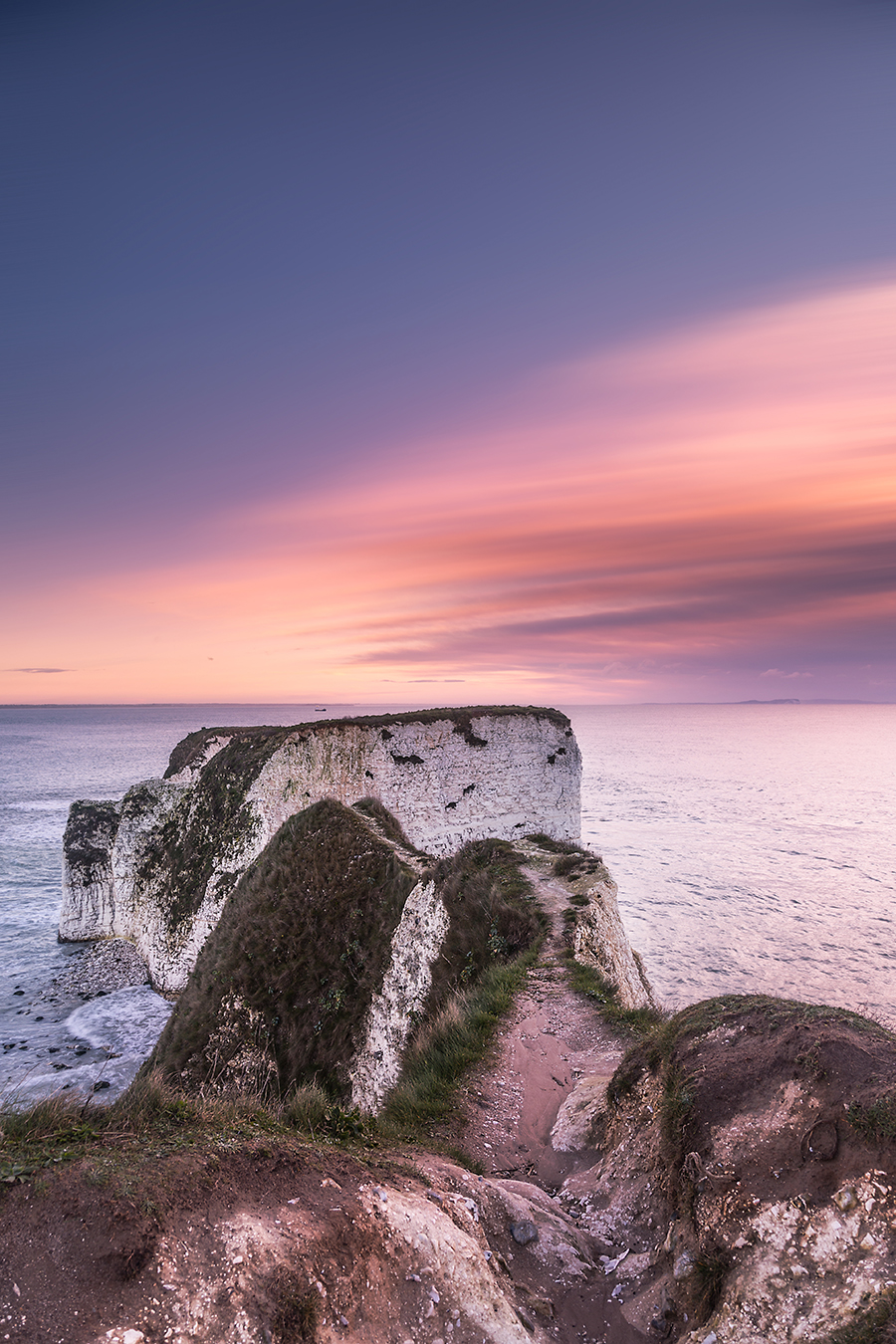
No visit to Dorset would be complete without a trip to Old Harry Rocks. These famous chalk stacks mark the most easterly point of the Jurassic Coast.
Many different compositions of the rocks are possible, including shooting from the base during Spring Tide but the most common viewpoint is overlooking from Handfast point, where you can also see Swanage in the opposite direction.
6. Wareham (River Frome)
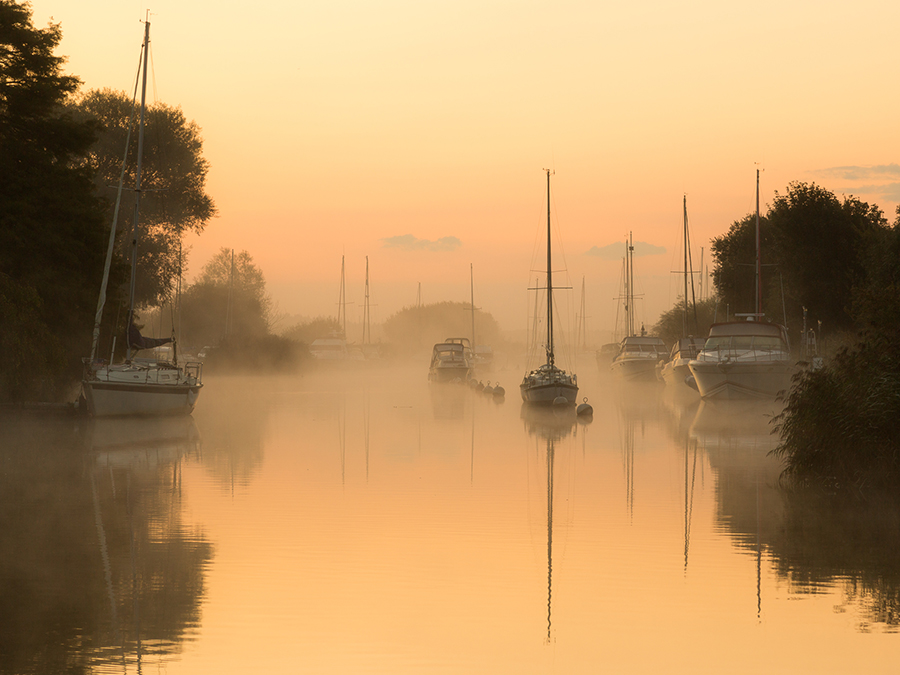
Located close to the town of Wareham, this section of the river Frome is often laden with moored boats. The stillness of the river and common occurrence of morning mist mean there are a lot of photographic opportunities to be explored.
It’s possible to get down into the river for shots like this, and I personally feel reflections work better when closer to the water, and allow for the full height of the masts to be reflected.
7. Portland Bill
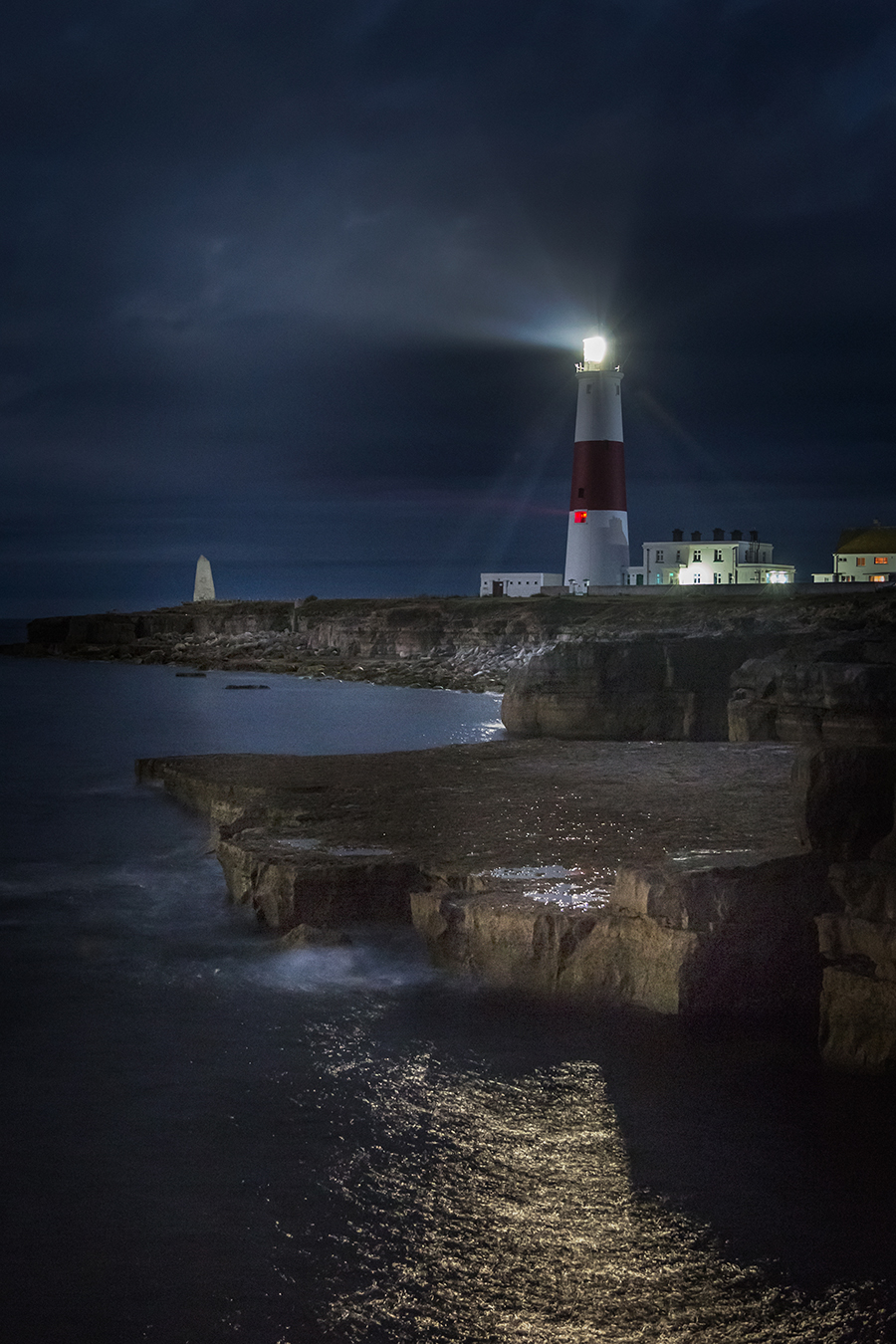
The isle of Portland offers a wide range of places to explore, from Chesil beach to Pulpit Rock and many things in between. My favourite part of the isle has to be the lighthouse though.
Situated within an area of low light pollution it’s possible to view and capture the Milky Way at Portland Bill as well as many other points of interest. You could shoot from dawn to dusk at the Bill and not get the same shot twice.
8. Boscombe Pier
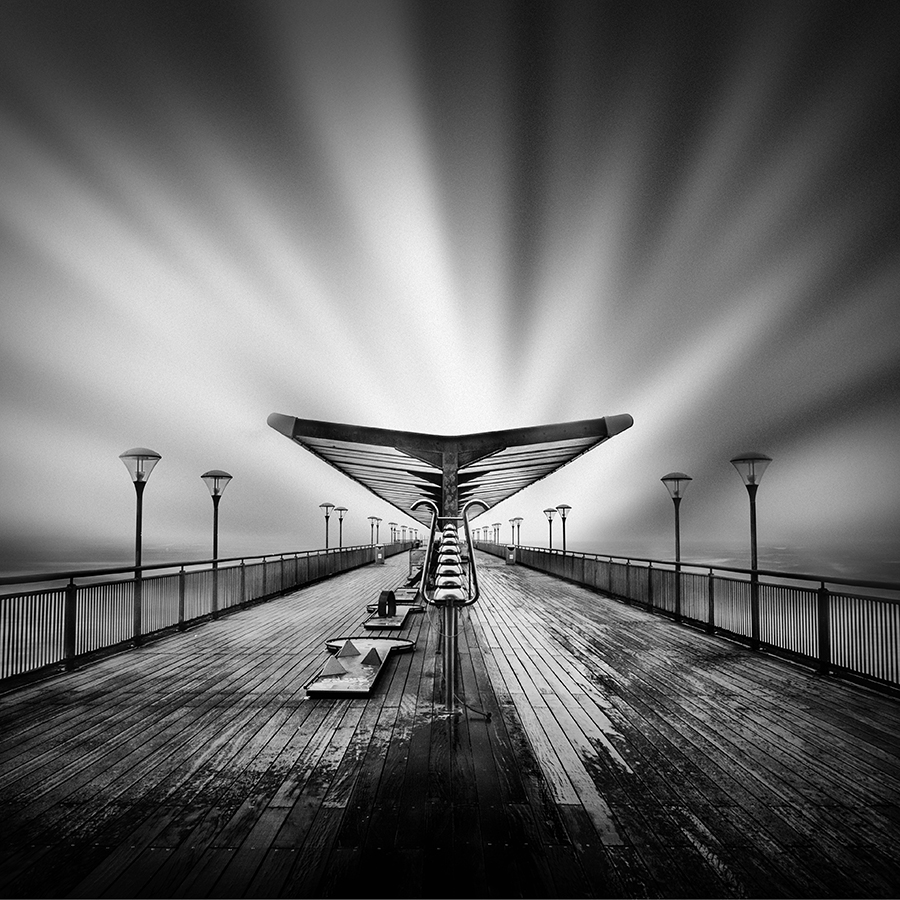
The stretch of beach between Poole in the West and Christchurch in the East (encompassing Bournemouth) actually houses two piers. The most famous of these is Bournemouth Pier, but a little further up the beach is Boscombe Pier.
Its structure and symmetry make for some very interesting long exposure work. Even on a rainy day there are interesting shots to be had at the pier.
9. Durdle Door
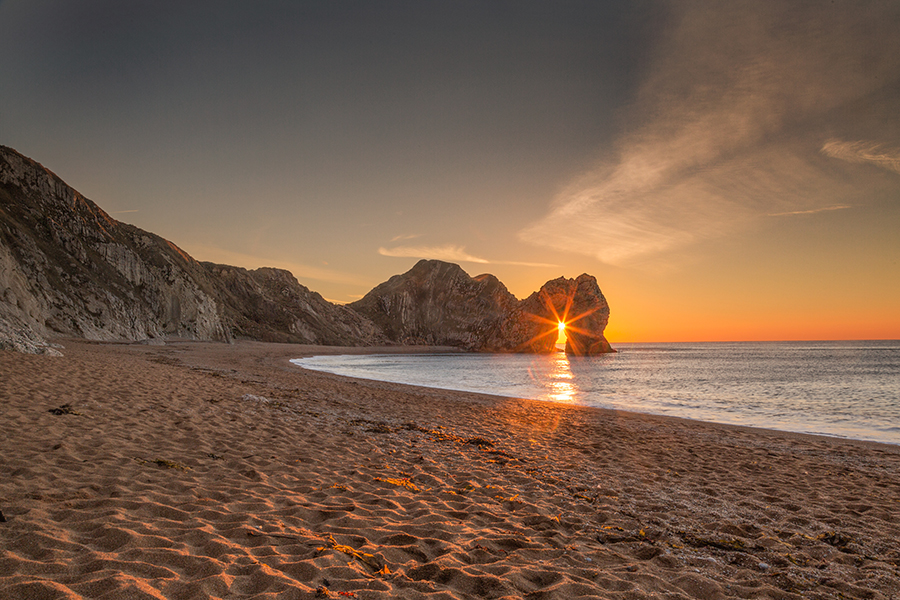
One of the most instantly recognisable sites along the Jurassic Coast is Durdle Door – a limestone arch near Lulworth. The land is privately owned, and some photography is restricted (drones are completely forbidden), so do ensure you adhere to the rules before heading down. Access is via the public South West Coast Path, so it is always accessible.
The holy grail shot of Durdle Door is capturing a starburst through the “door”. This shot is possible for a few weeks during November and December each year, and can be planned using apps such as TPE or Photo Pills to check the alignment of sunrise.
10. Corfe Castle
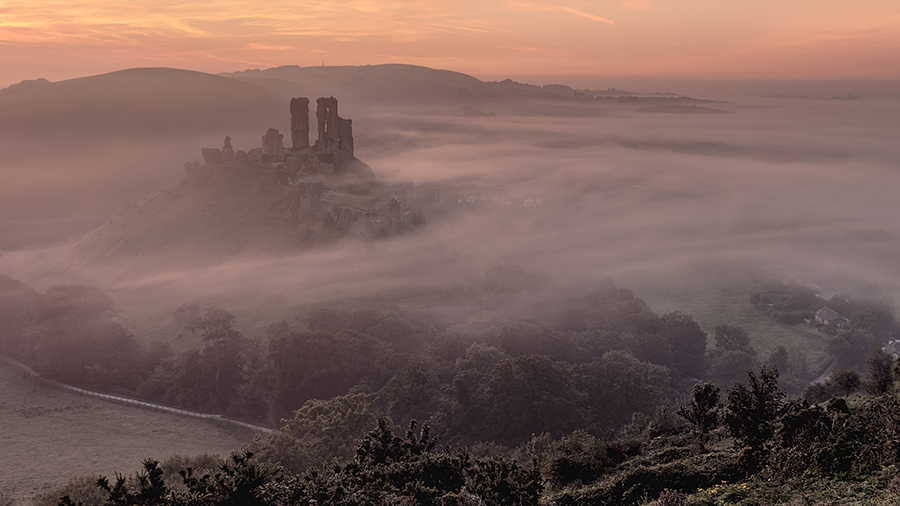
No photo location guide of Dorset could be complete without the mention of Corfe Castle – and I’ve saved the best until last. This has to be my most favourite location to shoot, not just in Dorset but the whole of the UK. The possibilities are endless, and no two days are ever the same. I could very easily fill this whole list with photographs around Corfe Castle!
The most popular shot of Corfe Castle is seeing the ruins “float” above a bed of mist. These conditions are quite predictable – just look for an overnight temperature matching the dew point, with little to no wind (less than 5mph), clear skies and clear sunrise – you can then pretty much guarantee a level of mist will form in the valley.
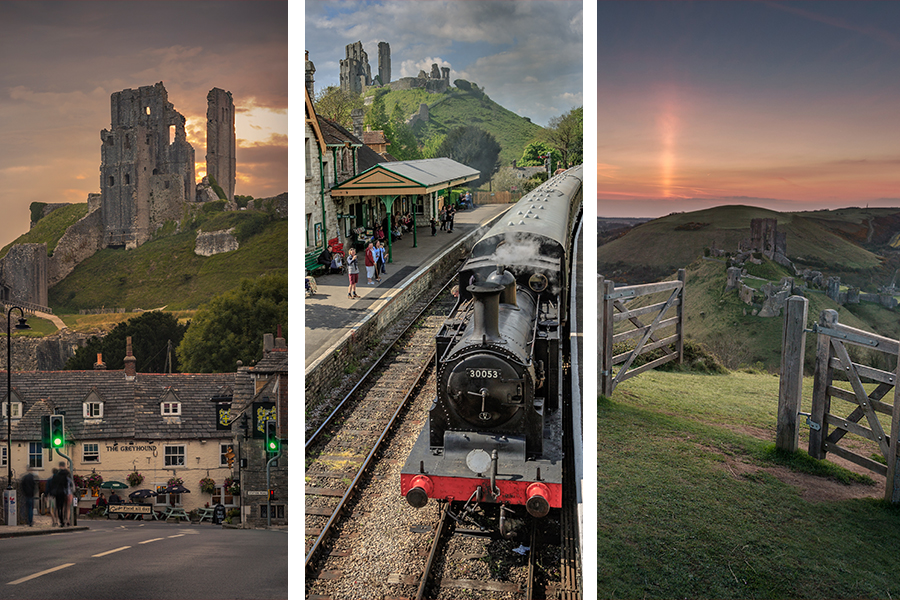
Some of my other preferred compositions of Corfe Castle include shooting from the village, the train station and atop West Hill. Corfe Castle is my most photographed and prized location to date, and I won’t stop being drawn back to the castle on the hill!
About the Author
Daniel Sands is a photographer based in Dorset. Visit his website and follow him on Twitter.
Related articles
A Photographer’s Guide to Coventry
A Photographer’s Guide to Edinburgh
A Photographer's Guide to Birmingham

